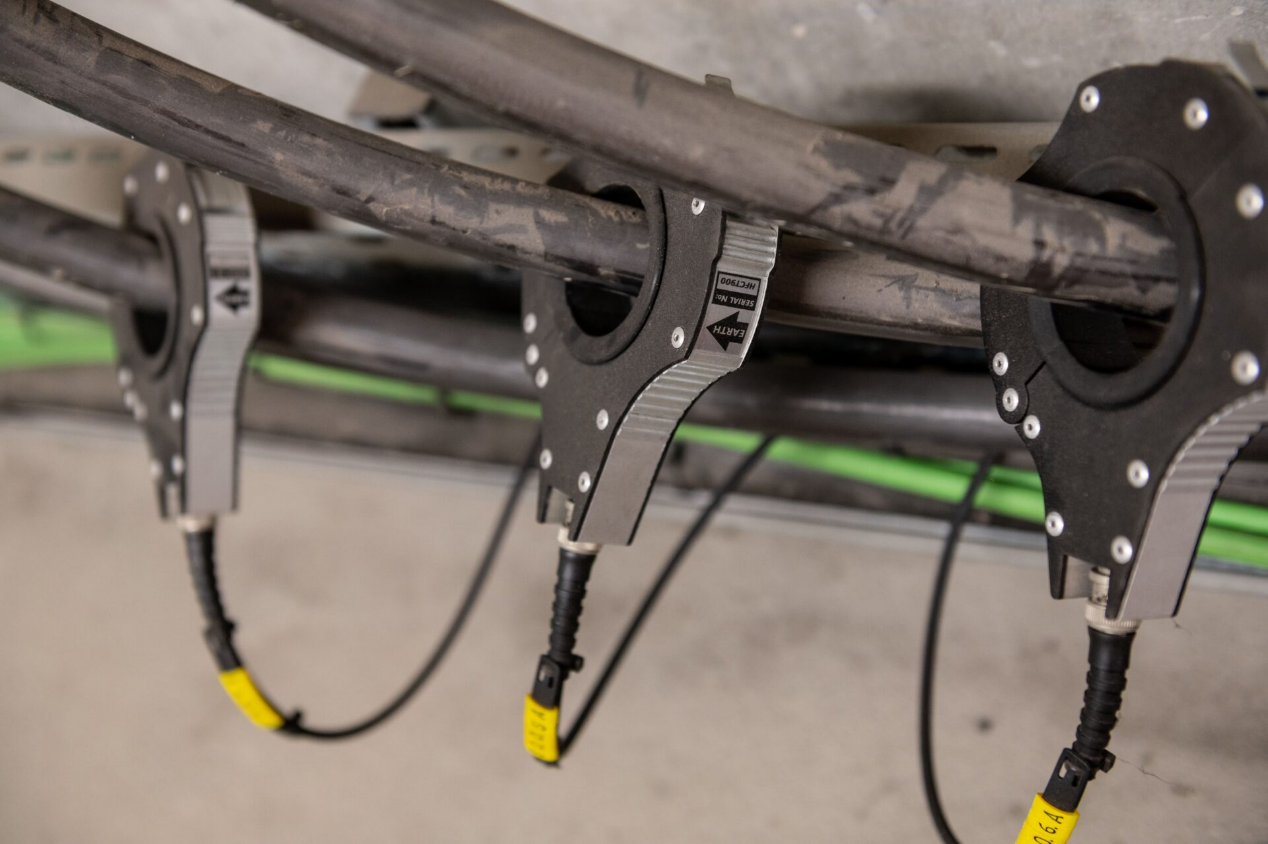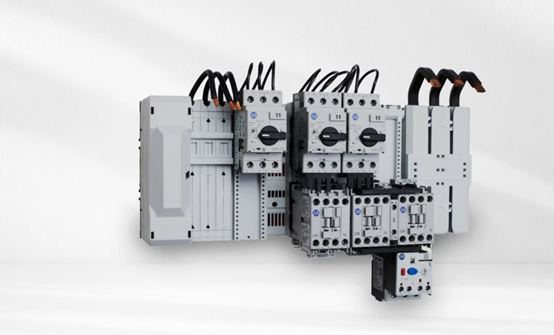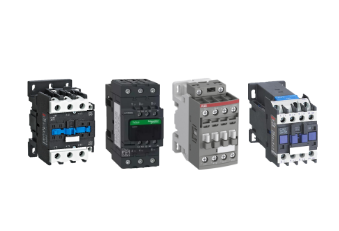A shunt resistor is a device commonly used to sense DC current. It is actually just a small resistor. Whenever DC current flows through the shunt, a voltage drop occurs, which will show up in the DC reading on the ammeter.
What is a shunt resistor?
A shunt resistor is a low-resistance resistor used to create a low-resistance path and is widely used in high-current sensing applications, such as over-current protection, 4-20mA systems, battery charging, high-brightness LED control, H-bridge motor control, or some current sensing applications that are necessary in principle.
The main purpose of the shunt resistor is to measure current. The position of the shunt resistor in the current measurement circuit is shown in the figure below:
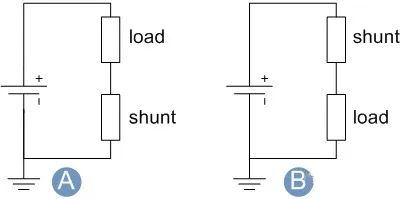
A shunt resistor is usually placed on the ground side to eliminate common mode voltages. But there are other disadvantages. In this configuration, the common-mode voltage may be too high for the ammeter.
The shunt resistor is widely used to expand the measuring current range of instruments. There are fixed-value shunts and precision alloy resistors. They can be used in communication systems, electronic integration, automatic control power supplies, and other circuits to limit flow and current sharing sampling and testing. Shunts for DC current measurement are available in trough and non-trough types. The shunt has manganese-nickel-copper alloy resistance rods and copper strips and is nickel-plated. Its rated voltage drop is 60mV, but it can also be used as 75, 100, 120, 150, and 300. A shunt is a resistor that can pass a very large current. Commonly used ammeters of 15A, 20A, and 35A require a shunt.
What is the shunt resistor function?
The shunt resistor function is to measure the current in the circuit and convert the current signal into a voltage signal to facilitate detection, control, and protection of the circuit. Shunt resistors can also be used to expand the measurement range of the meter, bypass defective equipment, solve noise problems, etc.
Protect circuits from overvoltage
With a Crowbar circuit, a short circuit occurs when the voltage is too high. This is a way to protect the circuit from the high voltage, allowing the circuit’s current to flow parallel to it. The result is a sudden voltage drop in the circuit and the circuit breaker or fuse trips due to the high current flowing through the shunt.
Bypassing defective devices
In a series circuit, if one component fails, the entire circuit is destroyed. Christmas lights are a good example of a diverter that can be used to solve this problem. The larger voltage due to the fault can short-circuit the shunt, causing current to flow through the defective part.
Solve the noise problem
A shunt with a capacitor can be used when high-frequency noise is a problem in the circuit. Capacitors send noise to the ground before the unwanted signal reaches the circuit components.
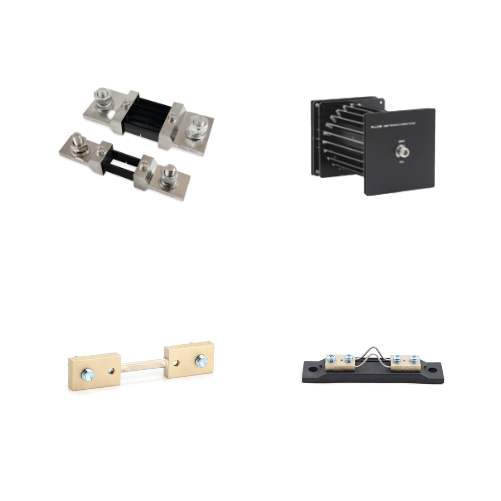
How to use a shunt resistor?
When the current flows through the shunt resistor, the voltage drop across the shunt resistor is measured. According to Ohm’s law, the current flowing through the shunt resistor can be calculated to achieve the purpose of current detection. For example, the external shunt used in new energy car charging piles uses this principle to detect current and achieve the purpose of electric energy measurement.
However, to achieve precise current detection, the following three points must be achieved:
- The resistance of the shunt resistor remains stable when the ambient temperature changes
- The resistance of the shunt resistor remains stable when current is applied
- The resistance of the shunt resistor remains stable after long-term use
- The shunt resistor also needs to be selected according to the circuit conditions. To effectively use the voltmeter’s range. For example, for a voltmeter with a full scale of 75mV, the object to be measured is a current of about 20A. You choose the shunt resistance R. R*20A is best to fall in the middle of the 75mV range, such as 3mΩ to 3.5mΩ. suitable. An outrageous example is if the internal resistance of the shunt is 0.001mΩ and 20A passes through, the terminal voltage is only 0.02mV. The measurement results of all current changes in the circuit are squeezed into one-thousandth of the range, and the accuracy of the meter is only 1% of the range. If the error is much larger than your measurement value, then your measurement results are meaningless.
Calculation method of ammeter multiple after using shunt resistor
For motor test measurements, an ammeter is often equipped with multiple shunts to solve the problem of ensuring the required measurement accuracy over a larger measurement range. At this time, it is required that the rated voltage drop of all shunts used is consistent with the accompanying ammeter, such as 75 mv. In this way, after the shunt is selected, the full-scale range of the ammeter is the rated current value of the selected shunt. The multiple of the ammeter (that is, the number of currents per grid on its dial scale) is the rated current of the shunt divided by the total number of grids on the dial scale.
The above is a series of knowledge about shunt resistors (current shunt). Generally speaking, the shunt itself has a small resistance and high precision and can pass large currents for a long time. When the loop is connected, the voltage at the millivolt level can be measured at both ends of the shunt. After detection with a high-precision voltmeter, the system converts it into a current value.
How to choose a shunt resistor?
- Select the rated voltage drop specification of the shunt according to the mV number marked on the dial of the ammeter (or current-voltage dual-purpose meter) used (generally commonly used is 75mV or 45mV). If the ammeter used does not have this value, use the following formula to calculate the voltage limit of the table, and then select the rated voltage drop specification of the shunt. The voltage limit of the meter (mV) = the current at full scale of the ammeter (A) × the internal resistance of the ammeter (Ω) x 1000.
- Select the rated current specification of the shunt according to the current range to be expanded.
- Connect the two current terminals of the selected shunt to the power supply and load respectively, and connect the potential terminal to the ammeter. It should be noted that the polarity of the terminals of the ammeter must be connected correctly, then the range of the ammeter will be expanded to the current calibrated on the shunt value.

